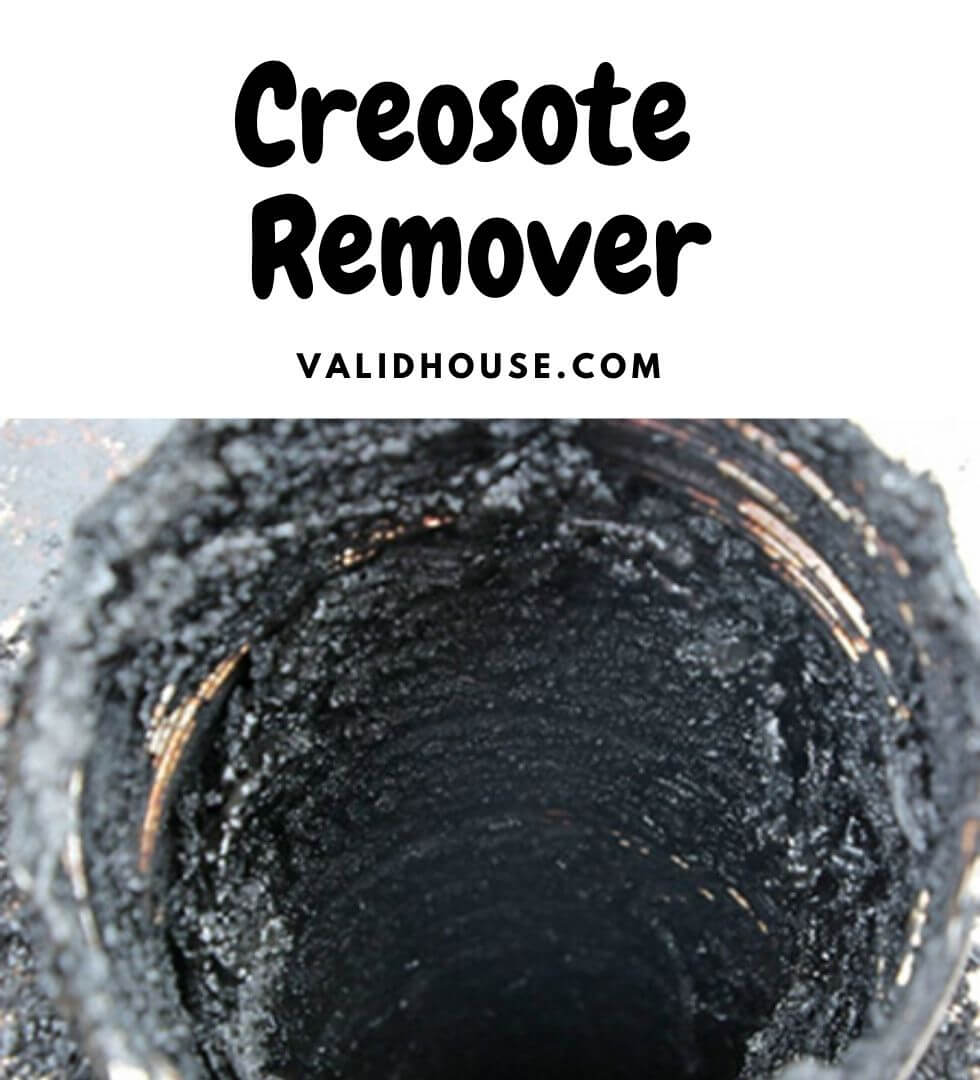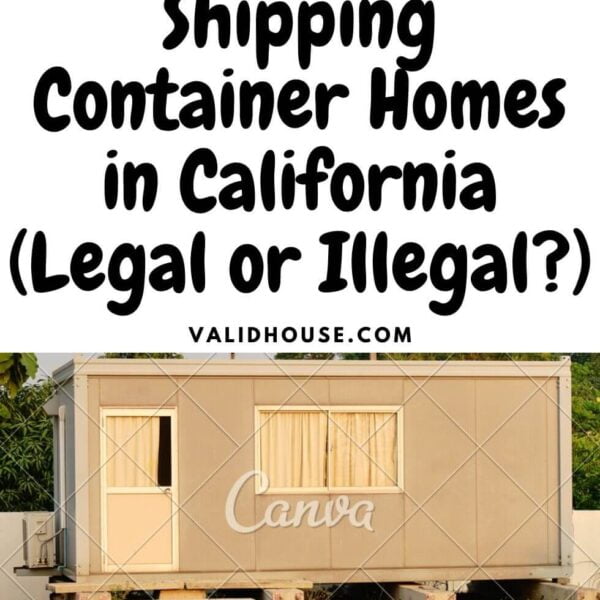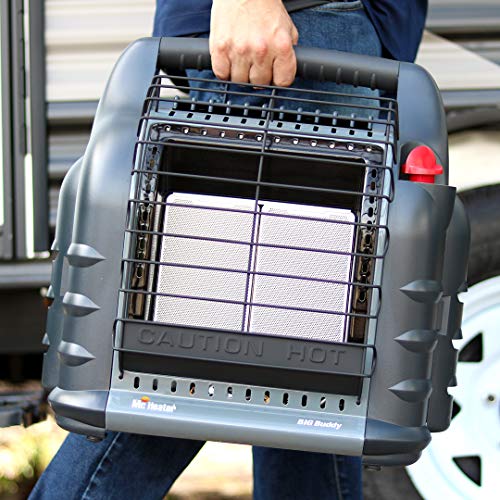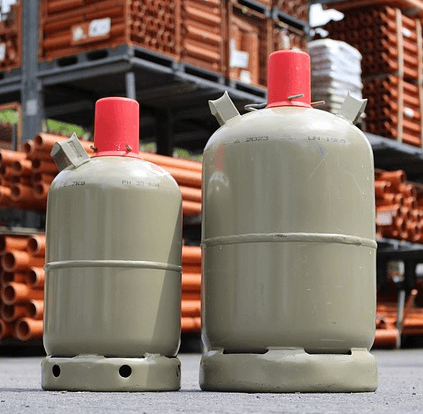The idea of creosote remover is to remove unwanted croesote from your home. Your fireplace is an important place in your home, and your chimney too. It is very important that you take good care of this place and always have it cleaned and attended to regularly because of some forms of hazards that may occur from that angle if you are carefree or leave it unattended.
In this article, we are going to take you through some stages and proffer good answers to some 16 questions people always ask when it comes to creosote remover. Follow us carefully on this journey and know what to do and how to get rid of creosote in your chimney at home.
Table of Contents
1. What is Creosote Remover?
Creosote removers are sort of industrial substances that are manufactured to help you carefully get rid of creosote in your home and fireplace. They are carefully manufactured with some chemicals and are capable of helping you clear off your chimney and entire fireplace easily.
They come in diverse ways but the most important thing is that they would and are capable of clearing off all forms of creosote that have accumulated in your house or fireplace. creosote removers are very important hence should not be left behind when shopping.
2. How Long Does it Take for Creosote to Build Up?
Creosote is so toxic and dangerous and can easily build up in your chimney and fireplace. Creosote starts building up immediately after the fire is used. This is to say that once the fire is used, the end result would be the deposit of creosote in the chimney.
It is important to note that the presence of fire attracts the presence of creosote in your chimney and they start building up in three stages, namely:
- Stage 1: Start coming up like flaky soot that can easily be washed away just like that
- Stage 2: This is when the flake would become so shiny and hard black. At this stage, the flake would be hard and difficult to be washed away unlike in the first stage. But only a rotary loop can help it go off here.
- Stage 3: It has already built up and would become so dangerous for everyone around it.
3. How Do I Know if I Have Creosote Buildup?
The best way to know if you have a creosote buildup is through low drafting in the fireplace, shortage of ash and excess of woods after the fire, black spot in the fireplace, dark smoke from the chimney, and through 1/8 inch of soot buildup.
Low Drafting in Fireplace: This is one of the various ways to know that there is creosote buildup in your chimney. There would emphatically be low drafting in your fireplace, normally there the drafting in your fireplace is supposed to be on the high side, but once creosote starts building up in the chimney, the amount of drafting would reduce to low. And immediately such happens then you should know that creosote has started building up.
Shortage of Ash and Excess of Woods After Fire: This is another way to know that there is creosote buildup in your place. At the fireplace, after burning the fire you would notice that there is a shortage of ash and excess woods remaining after the fire has burned off. This is a very serious indication of creosote buildup. Under normal circumstances, there is supposed to be more ashes and fewer woods when your fire is burning and off, but here the reverse would be the case. There would be less ash and more woods left.
Black Spot in Fireplace: Another way to know that there is creosote buildup around you would be to see the presence of some black spot in and around your fireplace. These black spots would so evident and clear for you to see, they would not appear tiny, they would be so glaring for you or anyone to see and notice easily.
Dark Smoke from Chimney: Another way to know if you have creosote would be the presence of dark smoke from your chimney in the fireplace. The smokes would turn black and would be coming out from the chimney. Once such is noticed then know that there is creosote buildup in your fireplace.
1/8 inch of Soot Buildup: There would be some sort of soot buildup in your fireplace and the thickness would be up to 1/8 inches. This is so evident that creosote has started building up in your place once you notice this.
All these are glaring evidence of creosote buildup in your place and should be attended to immediately.
4. How Do You Test a Chimney for Creosote?
- Get Your Protective Gears Ready: At this time you would have to get your protective gears like goggles, mask, flashlight, and a fireplace poker.
- Check the Safety: Here you would have to dip your hands into the fireplace and ensure to know the position of air at the fireplace. The air is supposed to be going up and not downwards, then if there is a downdraft at the fireplace you would have to open up the windows and doors, this would help to ensure the change of pressure in your house.
- Make use of the Fireplace Poker: At this time you would have to make a little scratch at the smoke chamber that is seen above the damper at the fireplace, this would help you know if there is creosote. When you do this and notice that some thickness is up to 1/8 inches, then it’s time to clear them off by experts. And never make the mistake of using the chimney again till you clear off that creosote.
- Shine Light: Here you would need to have a good check at your firebox on all sides through the flue as far as you can.
This is how to check or test a chimney for creosote in your fireplace.
5. Does Burning Cardboard Cause Creosote?
The burning of cardboard boxes can cause the presence of excessive creosote in your home and this would put you, your household, neighbors in danger and health risk. This is to say that you must be very careful when how you trash cardboards and how you burn them to avoid the presence of creosote from building up in your home or around your environment, the implications are dangerous.
6. Do Fake Logs Create Creosote?
Fake logs popularly know with many names like wax fire logs or artificial wax fire logs or big candles depending on what you know them as are proved to be cleaner, easier, and safer than the regular fire logs that are used in many homes and fireplaces. Thus this fake log does not cause creosote because they are not made of wet or unseasoned woods. Fake logs do not produce much emissions and carbon monoxide. Only wet and unseasoned woods can cause creosote.
7. What Dissolves Creosote?
Bleach, industrial cleaners, and Water can be used to dissolve creosote in your chimney and fireplace. It is proven that creosote is soluble when they come in contact with water. This is to say that water can remove some parts of creosote when you sprinkle or pour the water on the creosote. But at the same time, creosotes cannot be fully removed by water alone because their liquid is thicker than water. You need to add bleach or other industrial cleaners to the water to have the creosote removed successfully.
Other things that would easily remove creosote are substances like bleach and other industrial cleaners that are tough on substances like creosote. With these chemicals in place, creosotes can be wiped off from clothes and other places that they have built up themselves.
These are some of the substances that can be used to dissolve creosote when you see them building up in your home.
8. Does Creosote Remover Really Work?
Actually, creosote removers are not too good or perfect for removing creosote in your house. If they are used alone, they would never give you the exact result you are expecting to get. There must be another substance added to these creosote removers before they can work out properly and remove all the creosote you want to be removed in your house.
9. Does Chimney Cleaning Remove Creosote?
Chimney cleaning can remove the presence of creosote in your home once it is carefully done and the process is fully followed. You must ensure that you make use of the prescribed and good chimney brushes to do so, if this is not done with the good chimney brushes and carefully, you would not have the creosotes removed.
10. Will Vinegar Remove Creosote?
Vinegar especially white vinegar can remove creosotes, but here you would not use only the vinegar to do so. If you use it alone it might not work perfectly but when added with other good chemical substances it would help in removing creosotes in your home and fireplace.
11. Will a Hot Fire Get Rid of Creosote?
You can make use of a hot fire to get rid of creosote in your house and an entire fireplace. But bear in mind that you have to do this daily and carefully to get the result you intend to get. Failure to do it regularly and carefully would result in the creosotes building up to the extent it can easily spark off the fire by itself and this would be so dangerous to you and your household.
12. Does Burning an Aluminum Remove Creosote?
Burning aluminum would not remove creosotes in your fireplace and home, what this would land you to is to make it turn into flakes and powder.
13. Does Chimney Sweeping Remove Creosote?
Chimney sweeping removes creosote at home and in your fireplaces. After burning your logs and you make use of the chimney sweep on the logs, the chemicals from the chimney sweep would automatically dry up all the creosotes and get them ready to be removed.
The chemicals used during chimney cleaning are very tough on creosotes and would automatically remove them and make your home safer for you and your entire household, and also your entire environment because anything that affects you would affect your environment as well.
14. How Much Creosote is Dangerous?
All forms of creosote are highly inflammable and could cause danger. Remember that creosote buildup in three stages, the first and second are inflammable and could be bad, but the third degree and stage of creosote are the most dangerous of them all, and you should not allow it to get to this stage in your home and around your fireplaces because it would be detrimental to everyone around your place.
15. How Do I Get Rid of Level 3 Creosote?
The following steps can be taken to remove and get rid of level 3 creosote in your house and fireplaces. Just do the following carefully:
- Get your good creosote brush and apply the creosote remover powder to the brush.
- Ensure that you brush all parts of your chimney carefully and very well too. You would need to do this up onto the flue, and you must use the creosote remover powder in all the places you are washing in your chimney.
- Ensure you light up or put on a fire in your fireplace.
- Immediately the fire goes off, quickly wash off the chimney and by so doing you would get rid of level 3 creosote in your home and fireplace.
16. How Do You Remove Glazed Creosote?
To remove glazed creosote follow the procedure below:
- Get a good industrial-grade creosote remover.
- Spray the remover on the glazed creosote or brush it off with a good brush after you have applied the industrial spray on the brush you want to use.
- Immediately it absorbs, the creosote would become soft.
- Then wash it off by brushing immediately
- This is how to remove glazed creosote in your home.
Conclusion
We trust your questions about creosote remover have been answered and now you know what to do, how to do it, and how to get the presence of creosote out of your chimney and home and avoid the hazard of fire or any other danger that may come as a result of creosotes.










Leave a Comment